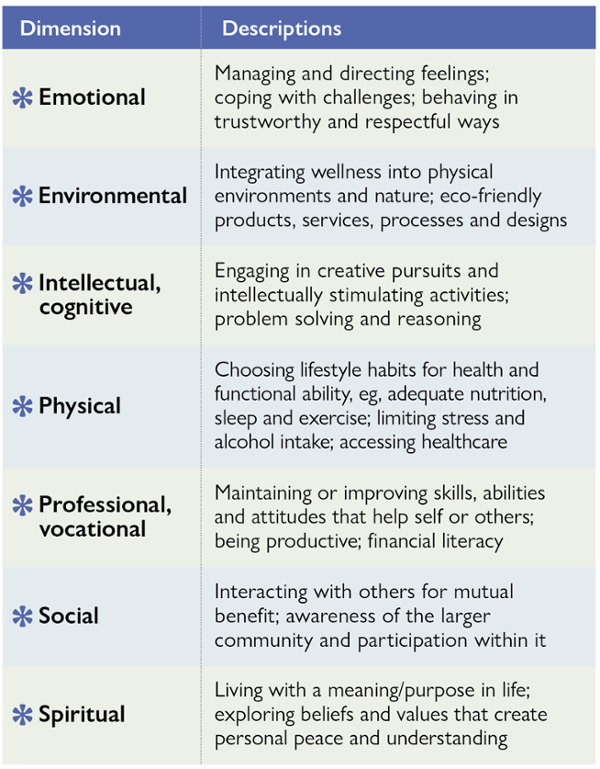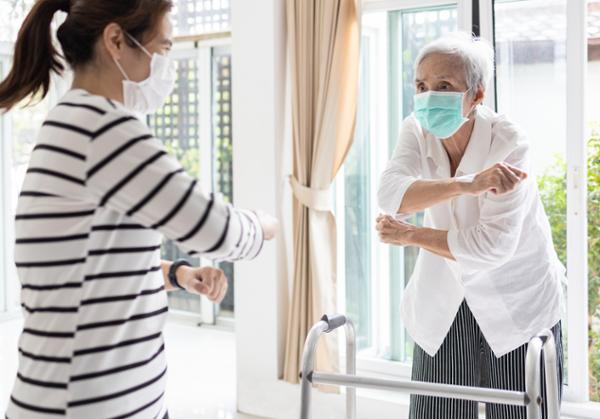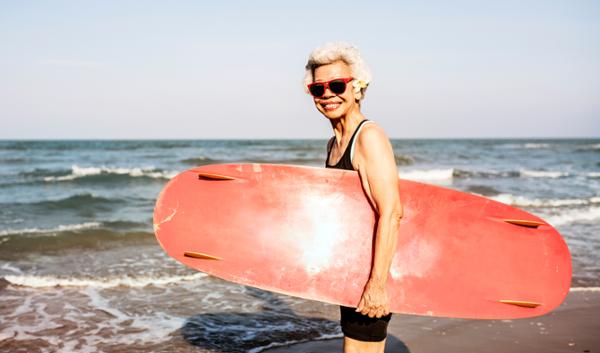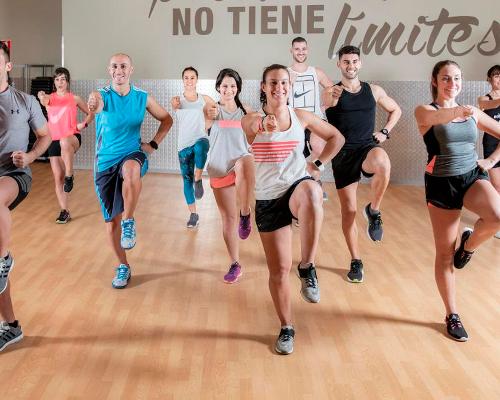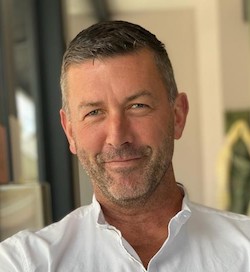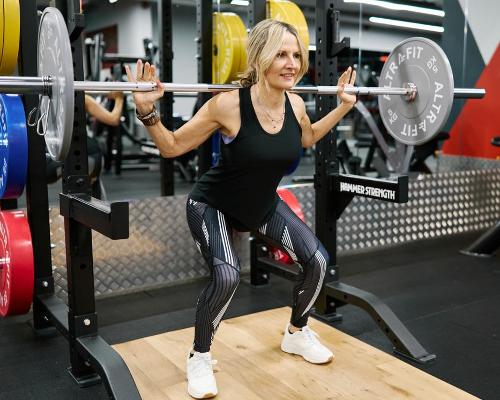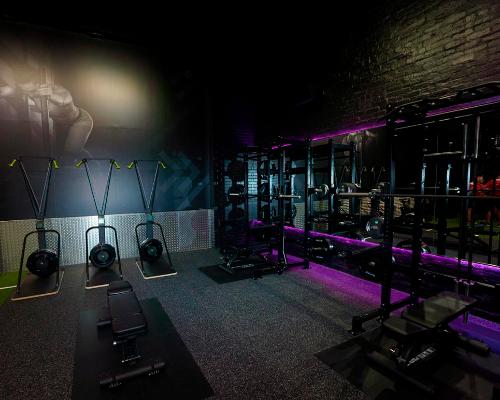features
Active ageing: Doubling down on wellness
Colin Milner, CEO of the International Council on Active Aging explains the latest research into opportunities in the active-ageing sector
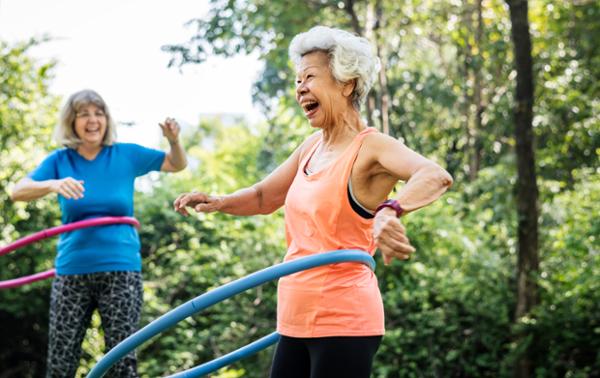
The wellness market is booming,” states global business consulting firm McKinsey & Company. “Consumers intend to keep spending more on products that improve their health, fitness, nutrition, appearance, sleep, and mindfulness.”
So, is the fitness, health and wellness industry embracing this US$15tn opportunity and if not, what needs to change for this to happen?
To answer these questions, the International Council on Active Aging (ICAA) – an industry association that has led, connected, and defined the active-ageing industry in North America since 2001 – surveyed its real estate, community, fitness, health and wellness centre members and found an industry doubling down on wellness. Four in five (81 per cent) of the 459 survey respondents said they view wellness as a ‘high’ or ‘essential’ priority for their organisation – a 55 per cent increase since 2019.
Findings from the ICAA State of the Wellness Industry 2022 show industries such as real estate, community, fitness, health and wellness centres in transition. One example is the real estate market’s senior living segment. Nearly two in three (61 per cent) of the 242 respondents from this sector feel their community will be based on a wellness lifestyle with care options by 2025. This is consistent with opinions in the 2018 ICAA Trends Survey, when the same question was first asked.
What can the survey results teach us?
This move towards wellness may explain why lifestyle programmes top the priority list of 88 per cent of all respondents. And why most (75 per cent) of all those polled offer formal structured wellness programmes. However, wellness is more than a programme for the 53 per cent of all respondents who believe their organisation is based in a wellness culture. This positive response rate is about the same as in 2019, when that year’s ICAA survey asked the same question.
The 2022 survey also shows that, compared to respondents with managerial titles (61 per cent), staff members (75 per cent) are more likely to state their organisation has a formal, structured wellness programme. These results point to a gulf between management and staff in understanding what they offer.
What will reduce or eliminate this gap? Ongoing education about the wellness programmes implemented will benefit an organisation’s board of directors and senior leaders. Improved knowledge and understanding help prepare these decision-makers to address areas important to a thriving wellness programme. Unsurprisingly, the first is funding.
Commitment high, funding low
In one positive finding from ICAA’s 2022 survey is that wellness budgets are mostly holding to pre-pandemic levels, however, fewer are increasing and 10 per cent are decreasing.
Investment levels are similar for organisations where leaders attach a high or essential priority to wellness.
To fulfil the wellness vision requires a commitment to funding wellness programmes, making policy changes, training staff, augmenting the built environment and reinvigorating sales and marketing.
Understanding wellness ROI
Given the significant importance and priority of wellness, an organisation’s ability to understand the return on this investment becomes more important and wellness staff members must be proactive in demonstrating the value of their work.
About three in four (72 per cent) of all ICAA 2022 survey respondents count the number of participants who join programmes, while a smaller number record participation rates for analysis. Only 38 per cent record outcomes of wellness activities and programmes, such as improved health and customer satisfaction levels. It’s not clear why some respondents track the number of participants but not the results (outcomes) of their participation. A concerted effort needs to be made to close this gap, allowing organisations to better understand their ROI and inform their budget.
According to the survey, people in older-adult services (50 per cent) do track outcomes, as they’re needed to maintain funding and required by evidence-based programmes.
Tracking outcomes in addition to participation levels is the way to discover the effectiveness of what’s offered. Professionals in fitness do this when they conduct assessments, such as the Senior Fitness Test, to track participant progress over time.
All outcomes must be reported in ways that shows the value of an activity.
The outcomes from wellness participation in senior living and care show wellness as a reason for moving into a community – longer length of stay, referrals and satisfaction. These outcomes are key indicators for decision-makers and can be measured using the ICAA/ProMatura Wellness Benchmarks.
It’s vital to understand outcomes, especially as the line between healthcare and wellness models blur and opportunities for reimbursement arise.
Back in-person
Delivering wellness programmes in person and online seems to be the future for those who responded to the survey. As of spring 2022, many programmes (69 per cent) now take place in-person, which suggests physical space for activities is available. About one in three survey respondents (38 per cent) delivers a limited number of programmes virtually. A small number (5 per cent) said their organisation is closed or offers no lifestyle programmes.
During the pandemic, wellness staff members rapidly turned to in-house or web-based methods to broadcast activities and fitness programming and nurture engagement. This shift required a rapid learning curve for the workforce and for older adults. Although older adults at these organisations seem comfortable with in-person programming, they’re also likely to engage with virtual programming at home or at a preferred time. This hybrid format of in-person plus virtual may be key to increasing the number of older adults who can benefit from the wide variety of wellness activities and programmes.
Programme directors are planning on it and organisational plans for 2022–2023 among survey respondents are to add technology infrastructure to current buildings (62 per cent), add new or replace current fitness equipment (54 per cent), redesign/remodel current public rooms (40 per cent) and design and construct new buildings (34 per cent).
Tech supports wellness vision
As organisations embrace technology to support their wellness programmes or culture, it should come as no surprise that technology is a priority for nearly two in three organisations (62 per cent) over the next two years, according to the survey.
These organisations’ planned infrastructure updates will enable greater capacity, as older buildings were not designed to accommodate the wiring and access points that current technologies require. The increase in use of web-based ordering and services, along with a switch to virtual programmes and operations have accelerated the need for technologies and reliable internet connections.
Even as technology rises to the top of organisational priorities, only one in three respondents (32 per cent) said their staff have new technology to aid them in doing their jobs. Of course, the respondent’s place of work influences the resources they will use over the next two years to deliver any planned wellness programmes.
Wellness staff are expert at making the most of what’s available. Still, lack of investment in resources may unintentionally limit wellness opportunities, which can lead to dissatisfied clients and residents.
Poor career development
No matter how you slice and dice it, a successful wellness programme or culture relies on people, as wellness staff have day-to-day contact with members and/or residents. These professionals are hospitality ambassadors and develop programmes that keep people mentally and physically healthy.
Why is it then that only half the ICAA 2022 survey respondents (51 per cent) said that a human resources leader or supervisor had outlined a career path for the position that suggests additional skills to learn or opportunities to move into a different role?
In addition, only 25 per cent of senior living and 32 per cent of older adult centres offer a designated career path, and with today’s challenges in attracting and retaining staff, providing opportunities for growth is a smart retention strategy.
The future of wellness is bright, but can be dimmed quickly if staffing issues hinder implementation strategy.
Implementation is lacking
In the previous ICAA State of Wellness survey, conducted in 2019 – before the pandemic – respondents indicated the important priorities and services needed to develop a culture of health and wellness.
Next, they indicated how effective their organisations were being in implementing the elements of wellness culture. Their input showcased a disconnect between decision-makers and staff.
This same importance vs effectiveness evaluation once again applies in 2022, with the important areas outlined in this article serving as guideposts for improvement.
As part of an organisation’s strategic plan, specific, measurable actions can raise effectiveness, however, aspiration and implementation are too often being mismatched and therein lies the wellness dichotomy reflected in ICAA’s industry surveys, past and present.
The top challenges being encountered by operators when it comes to developing a wellness culture for older adults remain the same, regardless of the priority that executives give to the organisation’s wellness philosophy. With all the struggles to emerge stronger from the pandemic, we still face the same challenges: a lack of funding and widespread ageist stereotypes.
Where to go from here?
The older consumer is eager to live better longer. Wellness is the way. However, the ICAA State of the Wellness Industry 2022 report shows that aspiration and implementation have to merge to be able to benefit from this valuable opportunity.
The ICAA report is filled with additional insights, but the most important is the understanding that the priority given to wellness means nothing without the commitment to fulfilling it.
“Wellness is derived from our ability to understand, accept and act upon our identity and capacity to lead a purpose-filled and engaged life. In doing so, we can embrace our potential (physical, emotional, spiritual, intellectual, social, environmental, vocational) to pursue and optimise life’s possibilities.”

"It’s vital to understand outcomes, especially as the line between wellness and healthcare blurs and chances for reimbursement increase," – Colin Milner, CEO of the International Council on Active Aging
